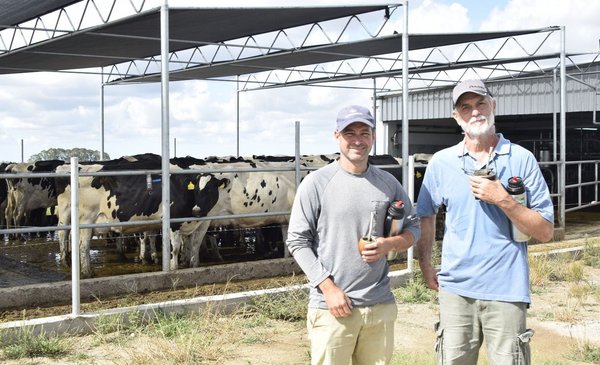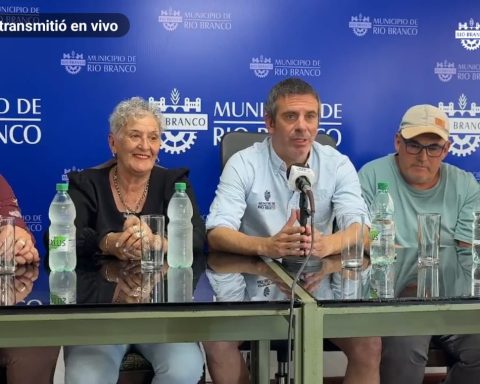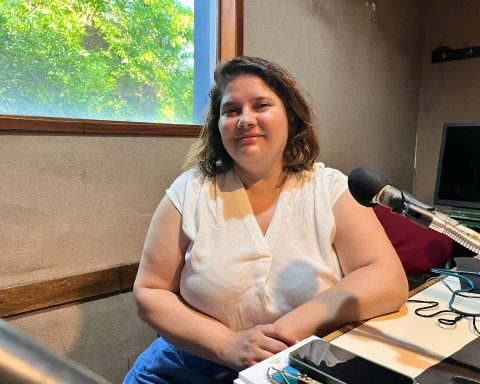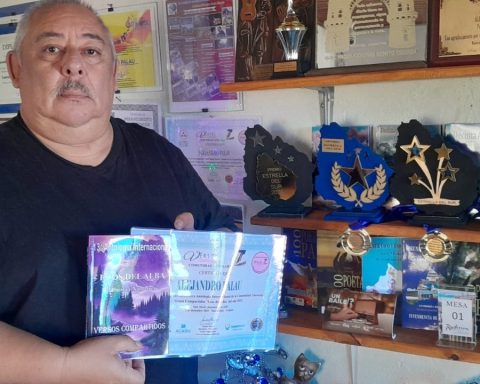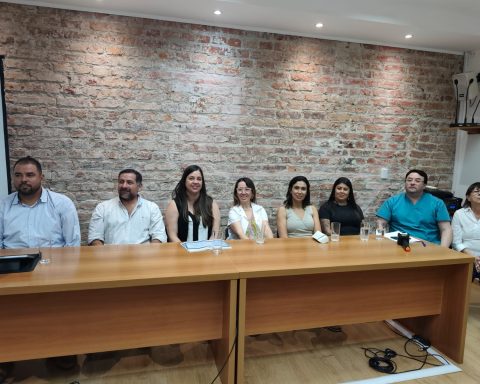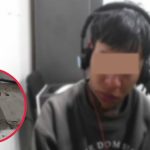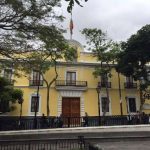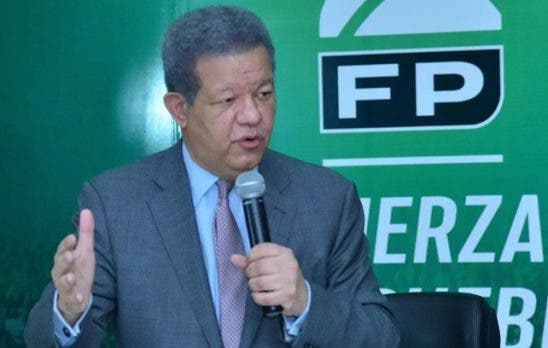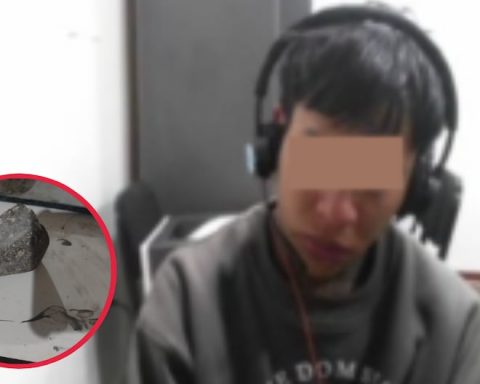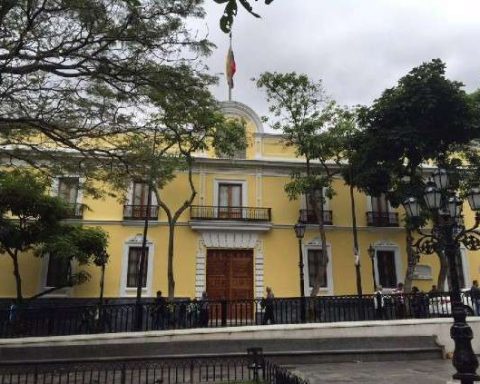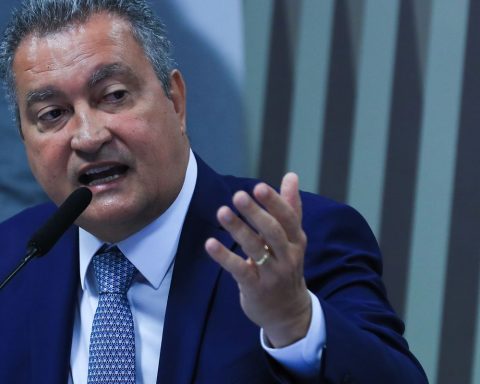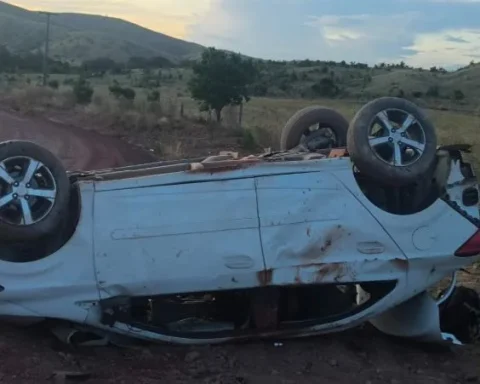The legacy of Jean Daniel Armand Ugón, an Italian shepherd who arrived in Colonia Waldense in 1877, is seen to this day, not only because he was a promoter of culture and education, but also because almost 150 years later his descendants continue to bet for development in that part of the country.
Daniel Vago Armand Ugón and his son Martín are a very good example of that. Daniel –current president of the National Milk Institute (Inale)– and his family have a farm that started with 40 cows and today has 850 and an annual shipment of between 5 and 6 million liters.
In 1933 the grandson of Jean Daniel, a resident doctor in Nueva Helvecia, bought a field 40 kilometers from the town. There he began to milk cows, first 10, then 20, he grew little by little and with a view to producing cheese, a typical product in that area of Uruguay.
Years later the grandson of that doctor, Daniel Vago, began to go to the countryside and was born there. a history of production and inheritance of the taste for the trade, which passed through four generations.
Analia Pereira
Since the beginning of the dairy, the Vago family has worked with the Holando breed.
Growing and setting goals
Daniel studied agronomy and once the field passed into his mother’s hands, he took over the administration. “When I got married, there was no electricity in the country, no cell phones, the changes that took place from then on in 40 years were impressive,” he commented to The Observer.
In the 1980s, with 40 Holando cows, he started his dairy. First he referred to a cheese industry and then he focused on production for Conaprole. Over time and with a lot of work, he grew little by little, both in hectares and in investment and production. A goal that he set himself was to reach 200 cows, he reminded him of The Observer Diego Rega, a veterinarian who has been working with the family for 30 years.
Martín, Daniel’s son, in 2006 –when he graduated as an agronomist– fully entered the family business.
About growing up in 2009 the tambo had an important jumpbecause the family invested and exceeded the goal of 200 animals, now having 400.
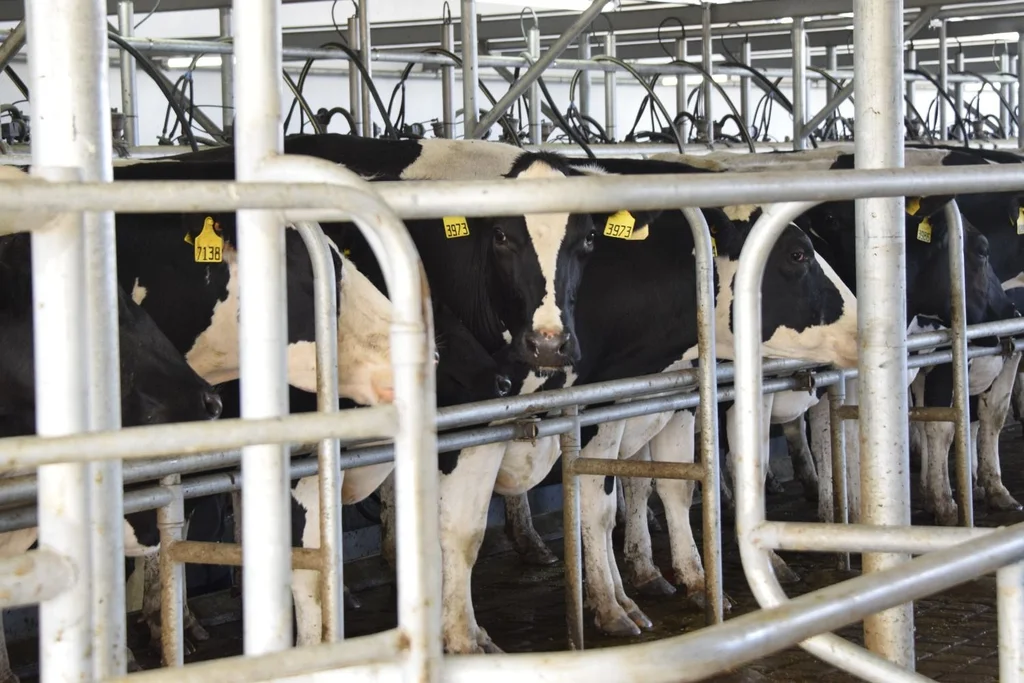
Analia Pereira
The tambo is located a few kilometers from Nueva Helvecia.
“From there there was constant growth. That was a very big step and the arrival of Martín also strengthened it, because grew without losing control of processesbecause the growths are sometimes complex”, said Diego.
From that first dairy farm, two new milking parlors were built. Also more hectares of production and more animals.
At first there was plenty of shade, then they had to plant trees, because the number of animals grew more and more, and they had to invest in artificial shade. Now the company has 840 milking animals.
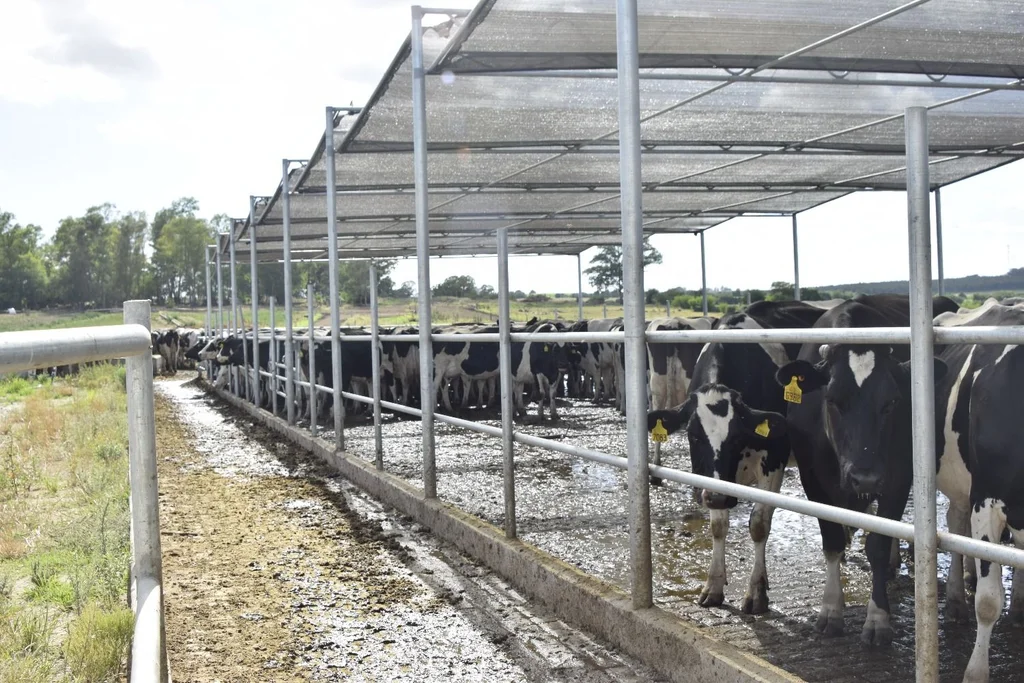
Analia Pereira
The shadow is one of the elements in which they have had to work and invest to improve production
As the vet recalled, for many years the dairy farmers worked “in solving winter problems”a lot of work was done to have good ironing and access to milking places to avoid mud, but in recent years “the biggest problems happen in the summer, with the heat and thermal stress of the cows”.
Three drums and a goal
In the last milking parlor built, the largest of all and the main one, there are 530 milking cows. A second unit is exclusively for heifers and there are 210 animals in production, and the smallest unit is a dairy where there are 100 cows that only feed on grass.
In the newest tambo, the largest of the three, the effluents are returned to the field as compost and the water is reused for cleaning the planking.
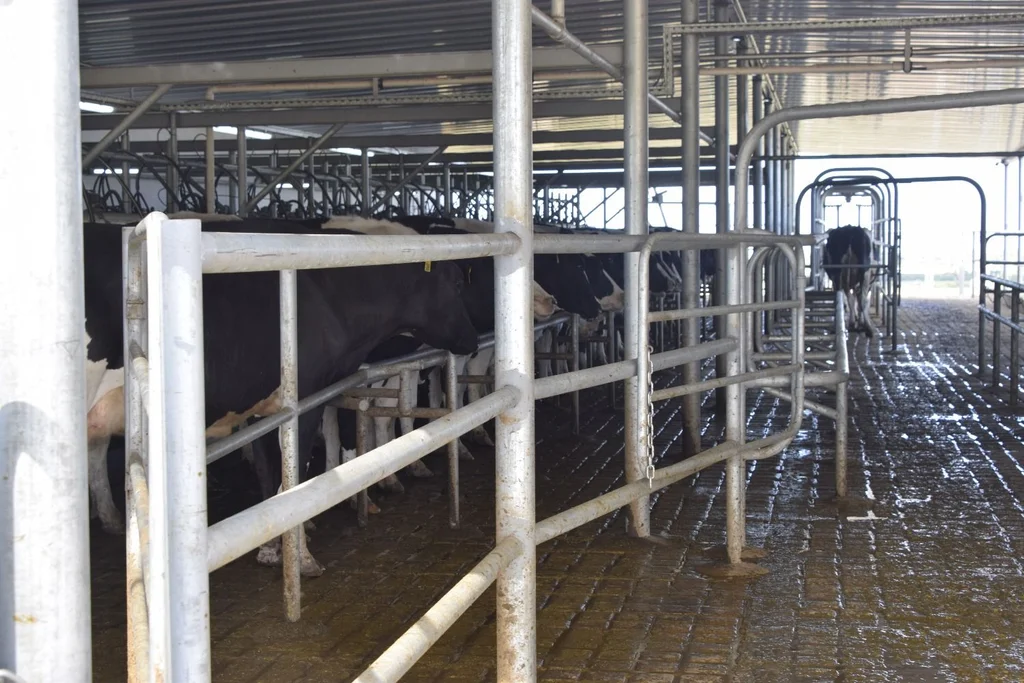
Analia Pereira
The Vago family refers to Conaprole, with a production of between 5 and 6 million liters.
The Vago family works with a pastoral-based dairy. Just over 50% of the diet comes from grazing, but today “it is very difficult” for the diet to be based solely on that, Martín said. Therefore, it is complemented with bales and concentrates.
Among the new objectives of the family is to reach a production of 25 liters per day per animal on an annual average. In 2021, which “was not a good year of individual production”, the remission was 23.5 liters per cow. This year things changed and production is fluctuating between 23 and 25 liters of milk.
“We want to explore how far we can go. The dairy has grown over the years. What is interesting is that this growth has occurred with a decrease in establishments and area and with the same 400,000 cows that there were 30 years ago. The growth has been clearly in the increase of load per hectare and of individual production, based on intensification”, said Diego.

Analia Pereira
Martín and Diego work together on the diet that complements the grazing of the animals.
Work culture
For Diego Rega, Colonia “is a great area to produce.”
In a department in which dairy farming is developed to a large extent, the area of Colonia Valdense and Nueva Helvecia “has an influence of migrants that opens your head, imported from another area,” he said, because “there are inherited life behaviors, teamwork, discipline and administration that are very particular and that for those who work in this is spectacular. Because every migrant tends to manage well. They are very careful people in their management and good farmers ”, he highlighted.
The veterinarian reflected on what it is like to produce there and highlighted: “In the growth of the dairy, which has fewer and fewer businessmen, it is necessary not only to grow in liters of milk per cow, but also personal growth.”
A smooth transition
This was one of the cases where the generational change was fluid. When Martín graduated, his father gave him reins in the establishment, but that is very unusual, because the one who comes new has a lot of impetus and new ideas and sometimes little connection with reality, and the one who has been there since before comes with thousands of experiences. and much more caution”, he commented.
Martín’s entry into the company was also given with great pleasure because of the field and the trade transmitted by his father, which seems important to the engineer.
“You have to look for the work to be something enjoyable, achieving something calm, profitable and livable, that is the first step to continue,” said Martín.
Entering and positioning himself at the head of the company with his father and promoting development has several keys, one of them, make work “friendly to today’s time”he indicated, and one of the most important parts is the enjoyment and growth possibilities of those who make up the team.

Analia Pereira
The family business started with 40 cows and now has 850 and three milking parlors.
“What is added is not only the replacement of the employer, but also of the people who work and of technology,” he mentioned.
His father continues to work with him in the administration of the farm. The important thing, he stressed, is that it was possible to put together “a simple system”, in which if one day someone is missing, the company can continue operating, so that “anyone can dedicate time to the family or something else outside the farm and not be a problem,” he said.
The survival of the sector
The veterinarian added that sometimes in the transition, the one who gives up the establishment transfers “a kind of doctrine that this is all sacrifice, and no young person likes to grab something that is all sacrifice.”
“There are few cases in which, in addition to the trade, this taste and pleasure for the activity is transmitted. Conaprole is working hard on that, because that replacement is the survival of the sector and because these are long process systems”, he highlighted.

Analia Pereira
The Vago family dairy farm is pastoral.
